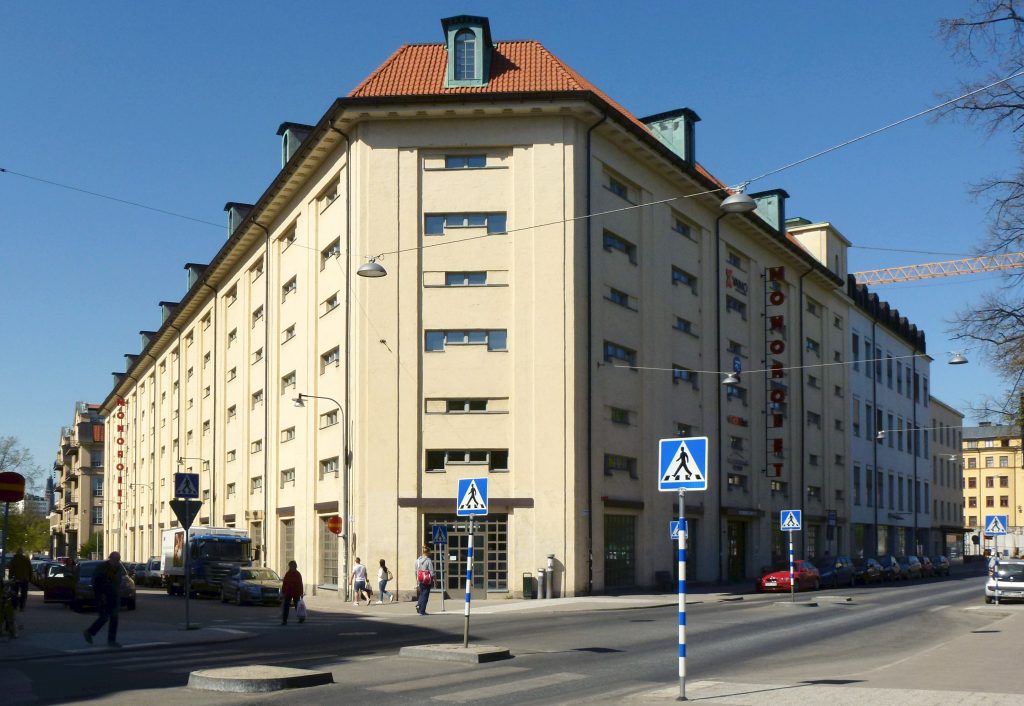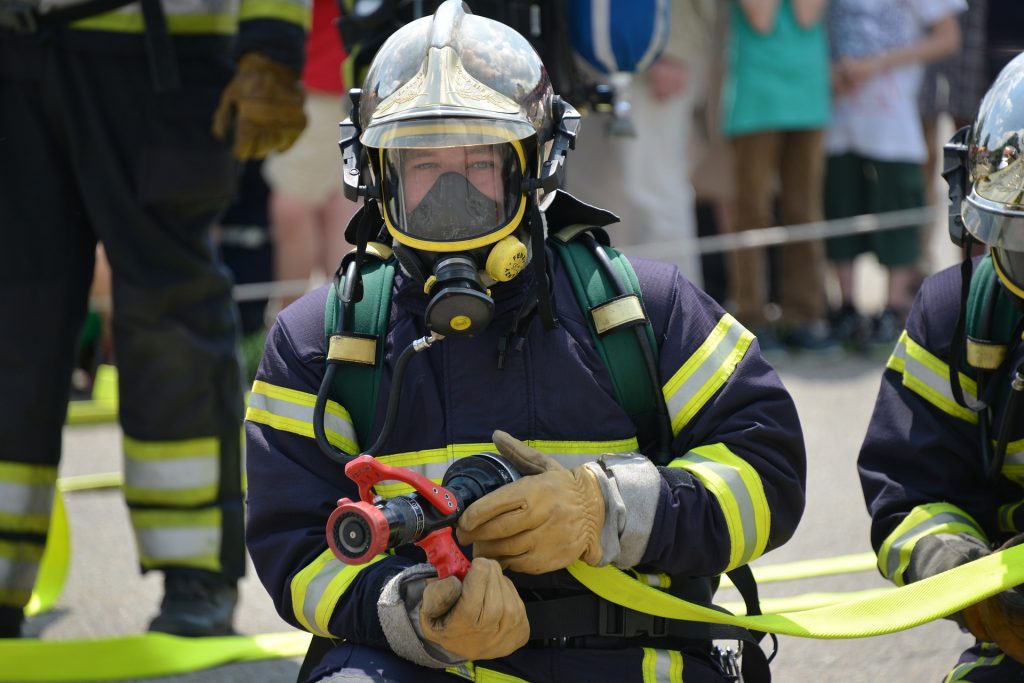So, what does this involve and how does digital remote auditing actually work?
One thing that all of our auditors agree on is that it works well from a purely practical point of view, but they also agree that it is unfortunate not to have face-to-face meetings and the conversations these meetings inspire when people meet “irl”.
How about the technology? Is it messy?
“When I call a meeting, I sometimes use Teams, but I have also used Skype and Zoom when the client has organised the meeting. When a client invites a large group to participate in various different audit meanings, it is better if the customer sets up the meeting. Sometimes technical problems arise no matter which platform is being used but, by and large, it works well,” says Hans Bergström, audit manager at SBSC.
Do you have to do anything special to prepare for a remote audit?
“You should keep in mind that it is very intensive, so it is a good idea to schedule in breaks from the outset, preferably one 10-minute break per hour,” explains Anders Banderby, audit manager at SBSC.
”In preparation for audits involving alarm-receiving centres and installation firms, I provide instructions early on about what I want to see on film or in pictures such as intruder alarm tests, reserve power unit tests, sign-in logs, operating signals or operating times for UPS, and I break for lunch somewhat earlier to make it possible to achieve what I wanted if no one else can do it,” says Carl Raab, audit manager at SBSC.
“If the customer has any doubts, it is a good idea to have a trial meeting on a day before the audit,” adds Hans Bergström. “It may be a good idea to test the technology and learn how to share documents so as not to waste audit time due to technical issues.”
What if something cannot be digitally audited?
“A request can be made to do add-ons for elements which cannot be digitally audited such as chemicals management, waste management, premises inspection of installation firms, etc. These types of things can be submitted for review by the customer after the audit.
I point out at the start-up meeting that, in addition to confirming that the requirements have been fulfilled or that there is a discrepancy, a third alternative is available, i.e. “could not be audited”. This can be solved first and foremost during the audit with a little creativity or a request for a suitable add-on or at a later date on site, preferably during the next planned audit or, in exceptional cases, during an extra visit,” says Hans Bergström, audit manager at SBSC.
Thus, to sum it up, we feel that remote auditing works well for the most part, but not all audits can be replaced by remote audits in light of the fact that certain elements simply cannot be carried out by, or are not suitable for, a remote audit.
A final observation from Anders Banderby:
“If you are using a wireless headset, remember to mute your microphone during the break. I don’t want to go into the details of a little incident we had, but it is a good idea to keep it in mind.”


